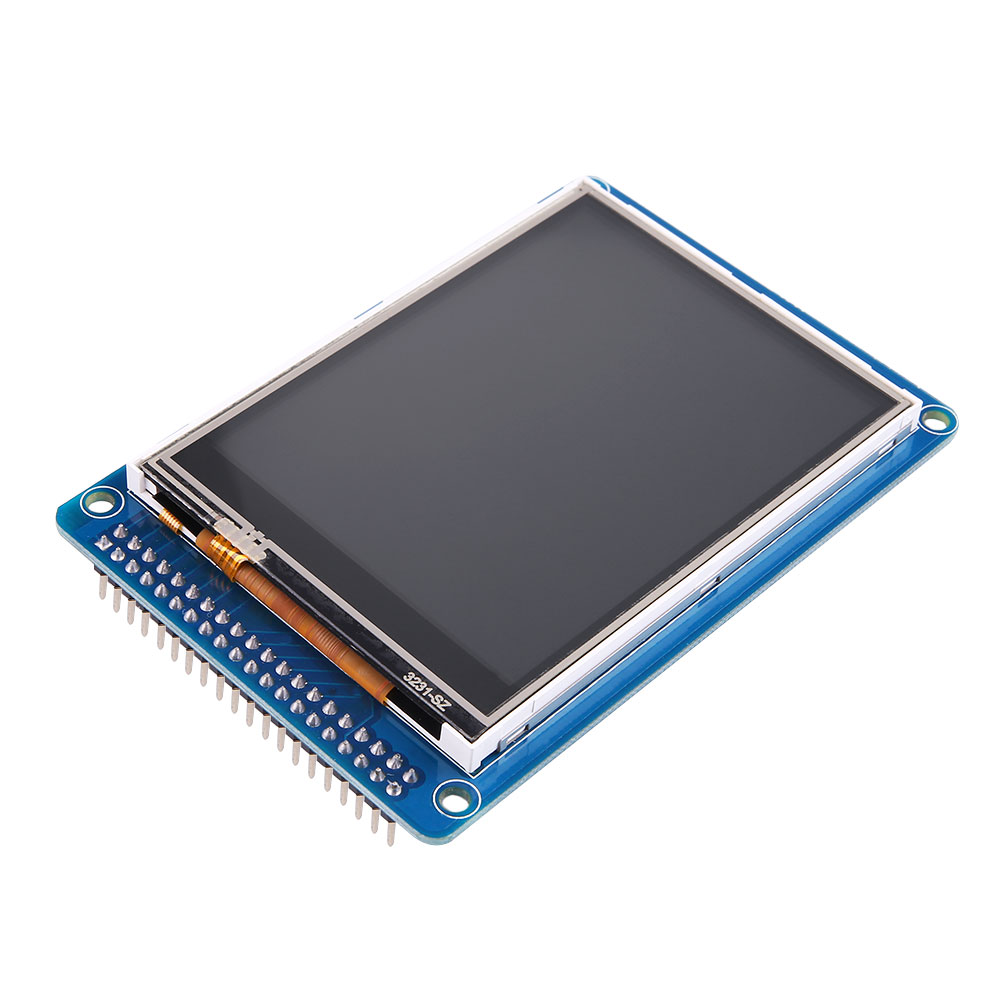The Promising Future and Industrial Applications of TFT LCD Technology
The Promising Future of TFT LCDs:
Thin-film transistor liquid crystal displays have experienced remarkable growth since their inception. They offer several advantages that contribute to their promising future:
1. High-resolution and image quality: TFT LCDs provide excellent resolution and image quality, making them ideal for applications requiring crisp visuals, such as televisions, smartphones, and computer monitors.
2. Compactness and portability: TFT LCD panels are lightweight, thin, and flexible, enabling the development of sleek and portable devices like tablets, e-readers, and wearable electronics.
3. Energy efficiency: TFT LCDs consume significantly less power compared to older display technologies, contributing to longer battery life and reduced energy consumption in electronic devices.
4. Scalability: TFT LCD manufacturing processes allow for large-scale production, resulting in cost-effective displays suitable for mass-market consumer goods.
Industrial Applications of TFT LCDs:
TFT LCD technology finds extensive use across various industries due to its versatility and performance characteristics. Let's explore some notable applications:
1. Consumer Electronics: TFT LCDs dominate the consumer electronics market, powering devices such as smartphones, tablets, laptops, televisions, gaming consoles, and digital cameras. Their vibrant colors, high refresh rates, and wide viewing angles enhance user experiences.
2. Automotive Displays: TFT LCDs play a crucial role in modern automotive displays, including instrument clusters, infotainment systems, heads-up displays (HUDs), and rear-seat entertainment systems. These displays provide essential information, improve safety, and enhance passenger comfort.
3. Industrial Control Systems: TFT LCDs are widely used in industrial control systems for human-machine interfaces (HMIs), where they provide real-time data visualization, process monitoring, and machine control. Their ruggedness, wide temperature range, and resistance to dust and vibrations make them suitable for harsh environments.
4. Medical Devices: The healthcare industry relies on TFT LCDs for medical imaging displays, patient monitoring equipment, diagnostic devices, and surgical equipment. These displays offer precise image reproduction, high contrast ratios, and accurate color representation critical for medical professionals.
5. Public Information Displays: TFT LCDs are employed in public information displays such as digital signage, kiosks, and interactive wayfinding systems. Their ability to deliver dynamic content, adaptability for various environments, and durability make them ideal for disseminating information efficiently.
Conclusion:
As a Stanford professor deeply involved in display technology research, I am optimistic about the future of TFT LCDs. Their versatility, high image quality, energy efficiency, and scalability have propelled their adoption across numerous industries. From consumer electronics to automotive applications, industrial control systems to healthcare devices, TFT LCDs continue to revolutionize how we interact with technology and enhance our daily lives.

References:
[1] Choi, S., & Kim, Y. (2016). Development of flexible thin-film transistor liquid crystal display (TFT-LCD) for wearable devices. Journal of Information Display, 17(4), 197-204.
[2] Lee, J. H., & Hong, K. (2019). Advances in Flexible TFT-LCD Technology for Wearable and Automotive Applications. IEEE/OSA Journal of Display Technology, 15(7), 643-652.




